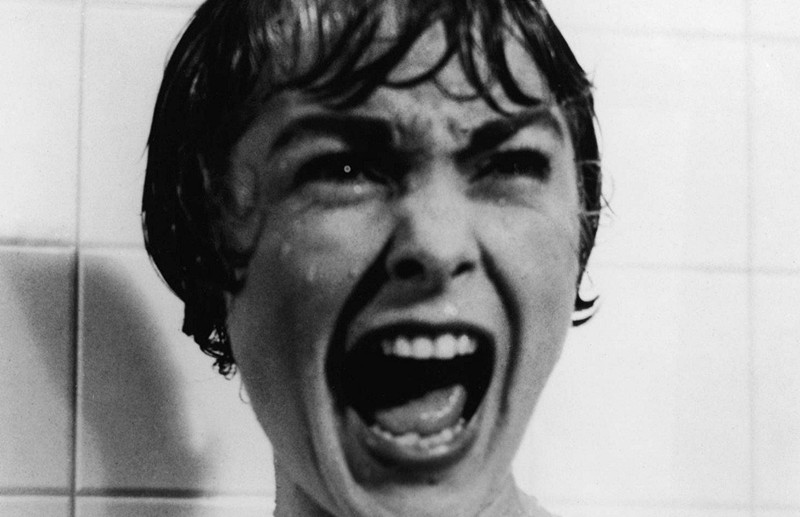Week 5
Mise-en-scene is the characteristic of a film that are particular to a director. I'm actually taking a video storytelling (MEDI 222) class at the moment, and a lot of the information we talk about in it and this class overlap a lot. The difference is that in this class we watch and analyze films and in MEDI 222, we are the director that makes the films ourselves. Something I remember having in my video storytelling class was coming up with a list of directors we are familiar with that fall into the mise en scene category. Some of these included Quentin Tarantino, Jordan Peele, Alfred Hitchcock, Greta Gerwig, Christopher Nolan, and others.
I was unaware of the term "mise-en-scene" prior to this, but now knowing it makes me more critical as a movie watcher. I've never really taken the time to analyze films. The only analyzing I do is on the editing and acting. Looking at all other aspects of films is something important as well, and just as the article says, everything is done on purpose. Lighting, acting, setting and composition-- they all work together in order to present the unique style of all those auteur directors. Not to say that every little thing in a film is that deep, but maybe it is. If you read this article, you'll also find that those main characteristics of mise en scene are not necessarily the only characteristics you're looking at. Directors have full power to manipulate camera angles to change any sort of perspective, it's their job. The goal is to get emotionally invested in films, I mean, that's why they exist right? Everything should be taken into account when it comes to any director with their own sense of style. These directors tend to be the most discreet and careful with every single second in the movie, and it pulls their films together beautifully.



Comments
Post a Comment